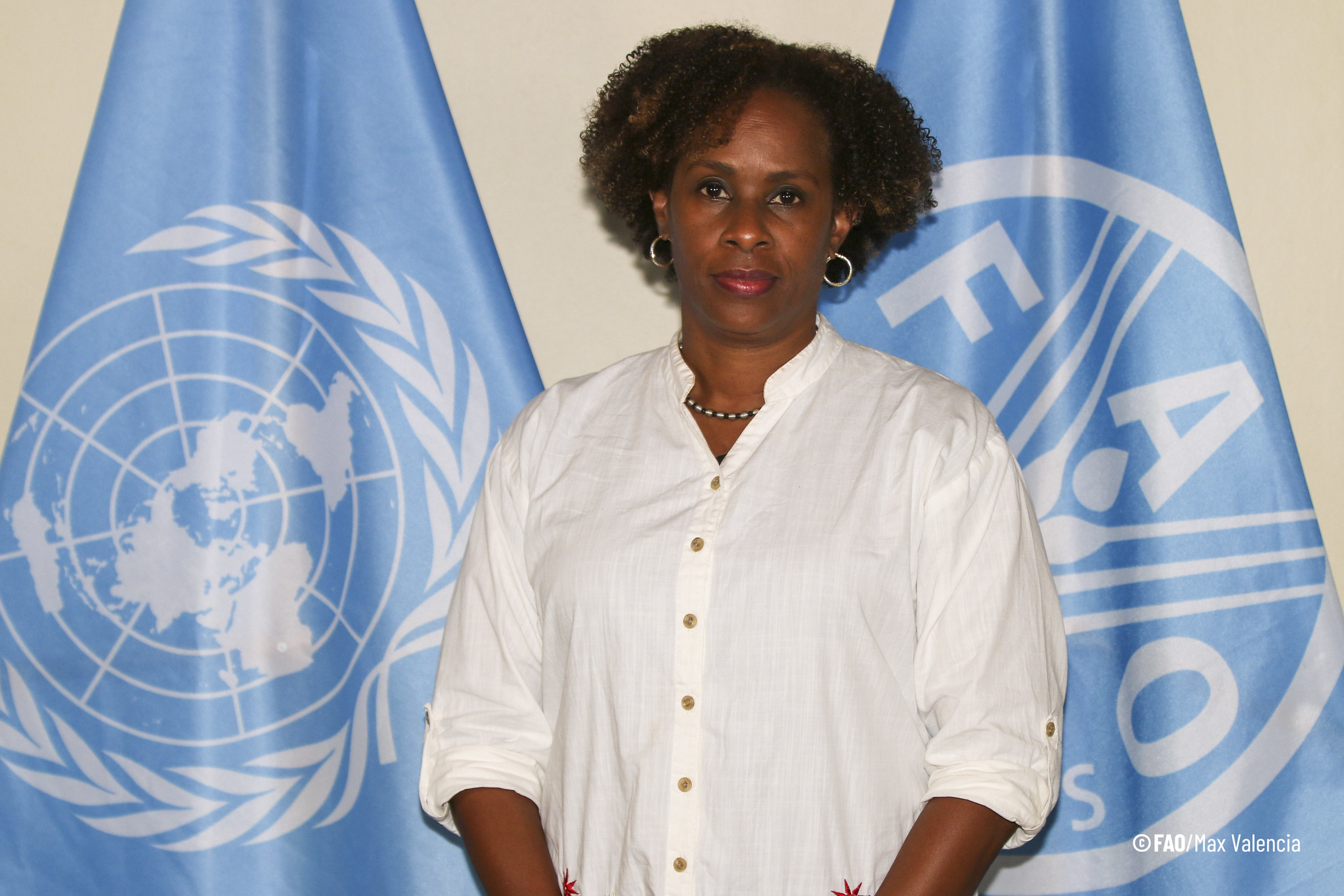Addressing Land Restoration, Desertification, and Drought Resilience in Guyana
By Dr. Gillian Smith, FAO Representative in Guyana
05/06/2024

©FAO
Guyana's abundant natural resources, including fertile agricultural lands, mineral deposits, and vast rainforests, are the cornerstone of its non-oil economy and livelihoods. Over time, these invaluable resources face threats from climate change, unsustainable land use practices, and deforestation. These threats have far-reaching consequences on food security, biodiversity, and ecosystem services.
As we observe World Environment Day on June 5, 2024, we are reminded that our actions have consequences. But we're also inspired by the power of collective action to restore our land and create a better environment for the future.
This year’s World Environment Day theme focuses on land restoration, desertification, and drought resilience. Over the last year, Guyana experienced a prolonged drought season, which saw the urgent implementation of measures to manage water consumption and the effects of several forest fires across the country.
Under the Sustainable Land Management Project (SLDM), the Food and Agriculture Organization of the United Nations along with our implementing partner, the Guyana Lands and Surveys Commission (GLSC), are collaborating with government agencies, experts, and local communities to enhance soil health, implement reclamation strategies, and improve land use practices to mitigate the impacts of soil degradation and safeguard our natural resources.
Some of the concerted efforts to address soil degradation are embarking on a multi-stakeholder approach to streamline policies, enhance institutional capacities, and strengthen local governance. We are also focusing on regions 4, 7, and 10, where land degradation is particularly pronounced. Soft interventions like Biochar application to improve the soil condition, vermicompost application to promote organic fertilizer, and shade house farming with drip irrigation to facilitate multi-crop in degraded have been earmarked for piloting in regions 4 and 10, while Assisted Natural Regeneration (ANR) with enrichment plantation to reclaim deforested areas, Vetiver Grass Plantation for mine tailing rehabilitation and protect soil, and Brushwood Check Dam Technology to retain eroded sediments have been initiated for piloting in the mined reclamation areas of region 7.
These agreed strategies, developed by national experts and stakeholders, will be piloted in partnership with the National Agricultural Research and Extension Institute (NAREI) and the Guyana Geology and Mines Commission (GGMC). This exemplifies the importance of coordinated land reclamation interventions in the selected regions, thereby paving the way for tangible action towards preventing, reducing, and reversing land degradation, and promoting environmental sustainability in Guyana.
As the project progresses, it is evident that sustainable land management practices are crucial not only for preserving natural resources and biodiversity but also for ensuring a resilient economy and addressing climate change challenges. By investing in sustainable land development and management initiatives, Guyana is taking a significant step towards safeguarding its natural heritage and creating a thriving future for generations to come.
This SLDM project, funded by the Guyana REDD+ and Investment Fund (GRIF) is a shining example of what can be achieved when we work together to protect our environment and natural resources. Join us in celebrating World Environment Day and let's commit to sustainable land management and natural resource use and pledge to work towards better livelihoods and a brighter future for all.

